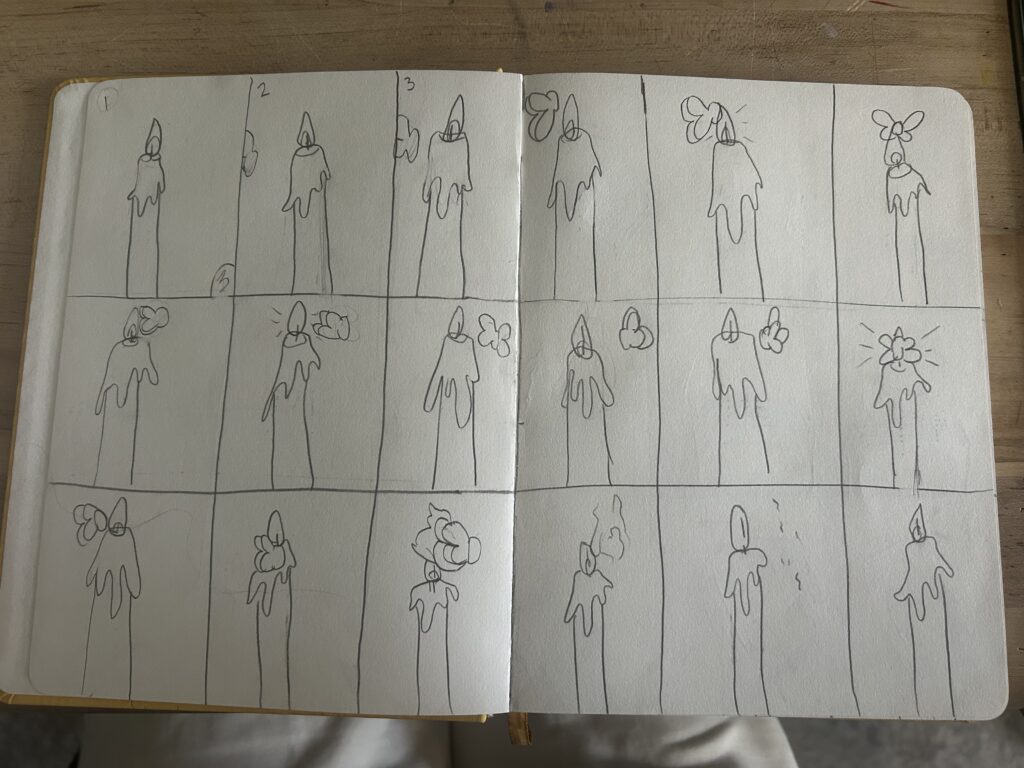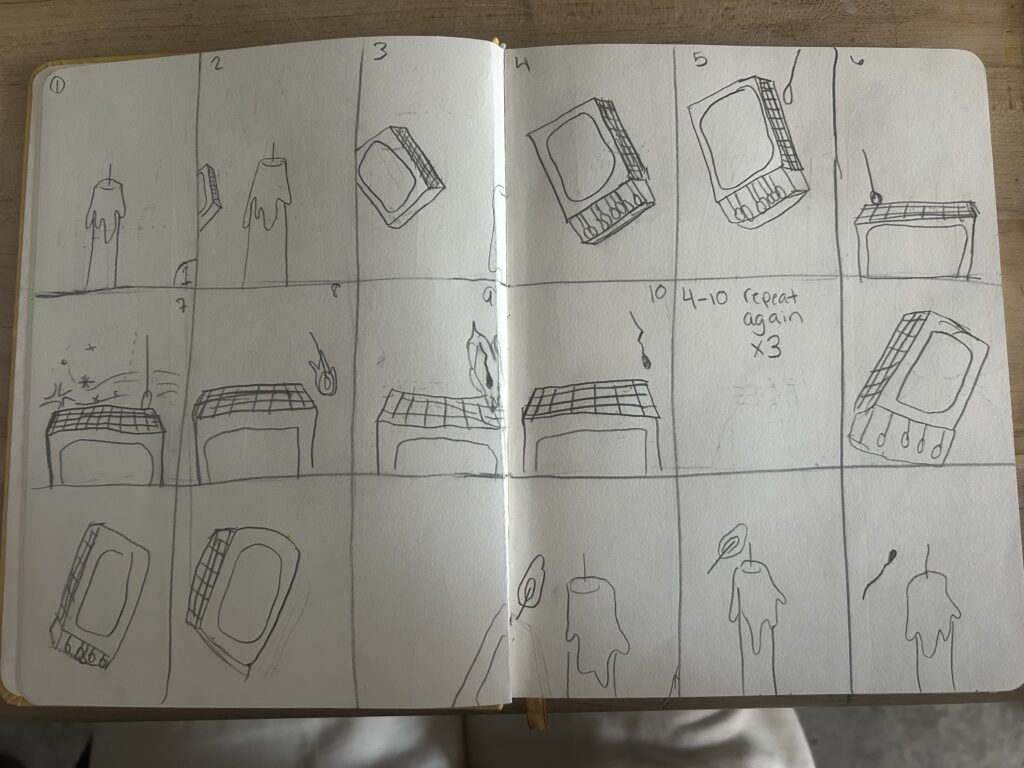Madison Hurst
Was it fun? – At first, my friends and I struggled to fully grasp the concept of the game and what actions were allowed to do. But after we started playing and learning all of the hacks and tricks of the game, it became more intriguing.
What were the player interactions?- The player interactions were working together to take down the four infections. I thought this game was unique in a way because it encouraged players to work together and to see each other’s cards. In a normal card/board game, players are against each other and trying to win.
How long did it take to learn?- I would say the game took a fair amount of time to learn because the directions were vague or didn’t say you couldn’t do a certain actions or move. For instance, we struggled to understand what role cubes could take and who couldn’t. My one friend had the Quarantine Specialist, and the card never said if he could take a cube off a city, but as we played and we found that in a small sentence in the instructions that he could take one cube off.
What was the most frustrating moment or aspect of what you just played?- The most frustrating moment or aspect of the game was it being over after you went through the player deck. The other frustrating part about the game was the 4 actions rules because I was the research specialist, and I was able to help cure the infections, though I couldn’t in times due to the action limit. This made us wait until the next turn and struggle to get the cards together to cure the infection.
What was your favorite moment or aspect of what you just played?- My favorite moment of the game was when we worked together to get me the blue cards through the duration of two rounds, and curing blue to then eradicate it. It was super fun, and I think it pushed us to want to cure the next infection. This small win gave us motivation to continue the game and kept it fun.
Was there anything you wanted to do that you couldn’t?- Some of the things I wanted to do that I couldn’t were to be able to cure an infection because the other players couldn’t meet my game piece. At times, we had all of the cards in order, but they weren’t in the same place, which then made us wait a whole round.
If you had a magic wand to wave, and you could change, add, or remove anything
From the experience, what would it be? – If I could change or add anything to Pandemic, it would be more specific instructions in the rules. I think it was hard at times to understand what to do, and it was made harder than it was.
Is this a game you would play again? Yes, because my friends were asking when we are playing it next. I think after we understood what to do it was super fun. I think it challenged us to communicate and figure out game strategies to eliminate the pandemic. This made it fun and intriguing. Furthermore, my attention span was long, and I stayed engaged in the game throughout the whole duration.
Analyze the game using the 3-act structure. – In Act 1, this is when the players start to see their role and read the instructions. Cards are being dealt, and diseases are starting to be implemented throughout various cities. Players are starting to understand what the research hubs and basic tools are in place. Act 2 is when the epidemic starts to get fairly bad and more difficult to control. We start to see outbreaks happen, and epidemic cards coming into play. Sharing cards has become a thing, and switching city to city becomes more difficult since the outbreaks are coming from opposite sides of the world. Tension to make the right move and the risk of losing increases. Act 3 is when players are drawing cards to find a cure for the four diseases as we near the game’s potential ending. Key cards are becoming limited as we suffer outbreaks around the world. The final rounds are crucial in deciding the player’s fate, whether they will lose or win.
What are the collaborative and or competitive aspects of the game? – Pandemic is a collaborative game, and has the players join together to compete against the game itself. Their competition is the outbreaks, the epidemics, the risks, and the limited resources. The collaboration is encouraged through sharing knowledge cards, giving out roles, and every mistake affecting everyone rather than just one.
What is the game’s metaphor, and which of the game’s mechanics stand out? – The game’s metaphor is the global health crisis and outbreaks, which is the entire theme of the game. In the game, we see outbreaks happen, and the spread of the pandemic rapidly increases. The roles that each player has in the game are some jobs people have in reality, which makes the game more “realistic” for the player. For instance, my role was a research specialist, so when an outbreak happens, I study what it is and figure out how to cure it. The metaphor creates tension and urgency, which can be compared to what may happen in real life. For instance, the Kobold’s guide, Part 1 does a great job explaining how games are created through metaphors. They help make the mechanics of the game and ensure it is more cohesive



